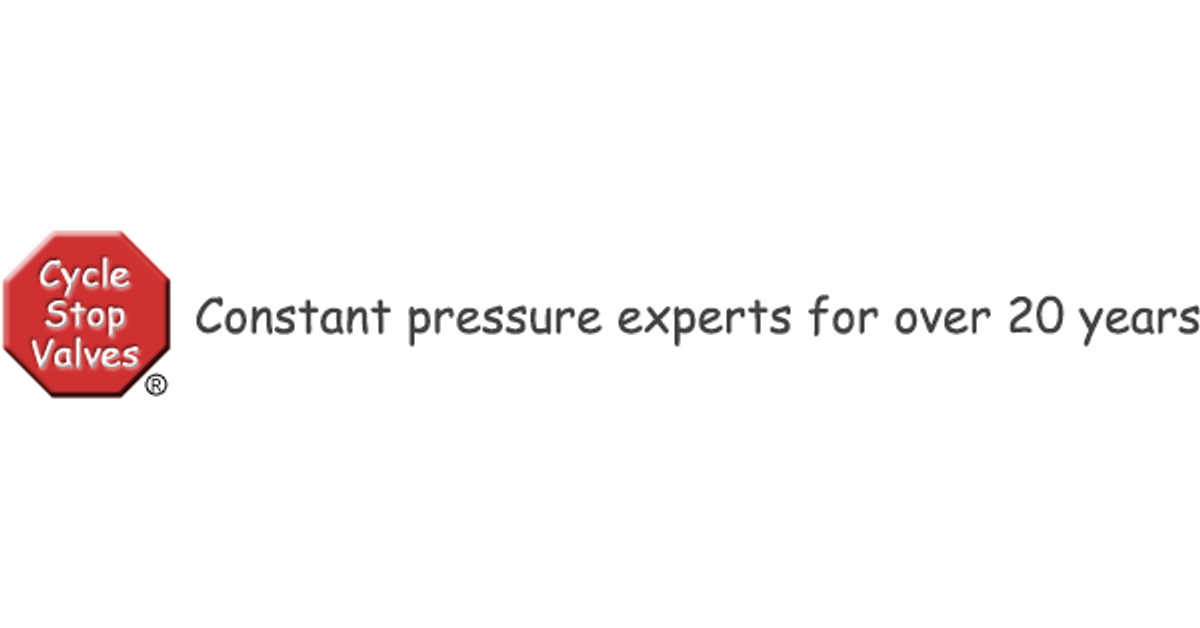RonL1
Member
When connected to house plumbing that is supplied by a well, shouldn't a pressure regulator flow valve keep the pressure steady ? The well pressure will cycle from 38 to 60 psi, and I have the regulator set for 28 pounds, but as the well cycles, the pressure will go from 28 to 35. (This is supplying a geothermal heat pump, so I need steady pressure to regulate the flow through the flow control valve) this let's the water flow change from 4 gpm up to 6gpm ... I need a steady 4.5, or at least close.
I was assuming the pressure regulator would keep the pressure steady. Maybe it has to do with the valve orientation. Right now it's vertical. Should these valves be positioned horizontal, with the bell down or up ? I'm using an apollo model 69ELF114TWG.
Thanks for your help.
I was assuming the pressure regulator would keep the pressure steady. Maybe it has to do with the valve orientation. Right now it's vertical. Should these valves be positioned horizontal, with the bell down or up ? I'm using an apollo model 69ELF114TWG.
Thanks for your help.

